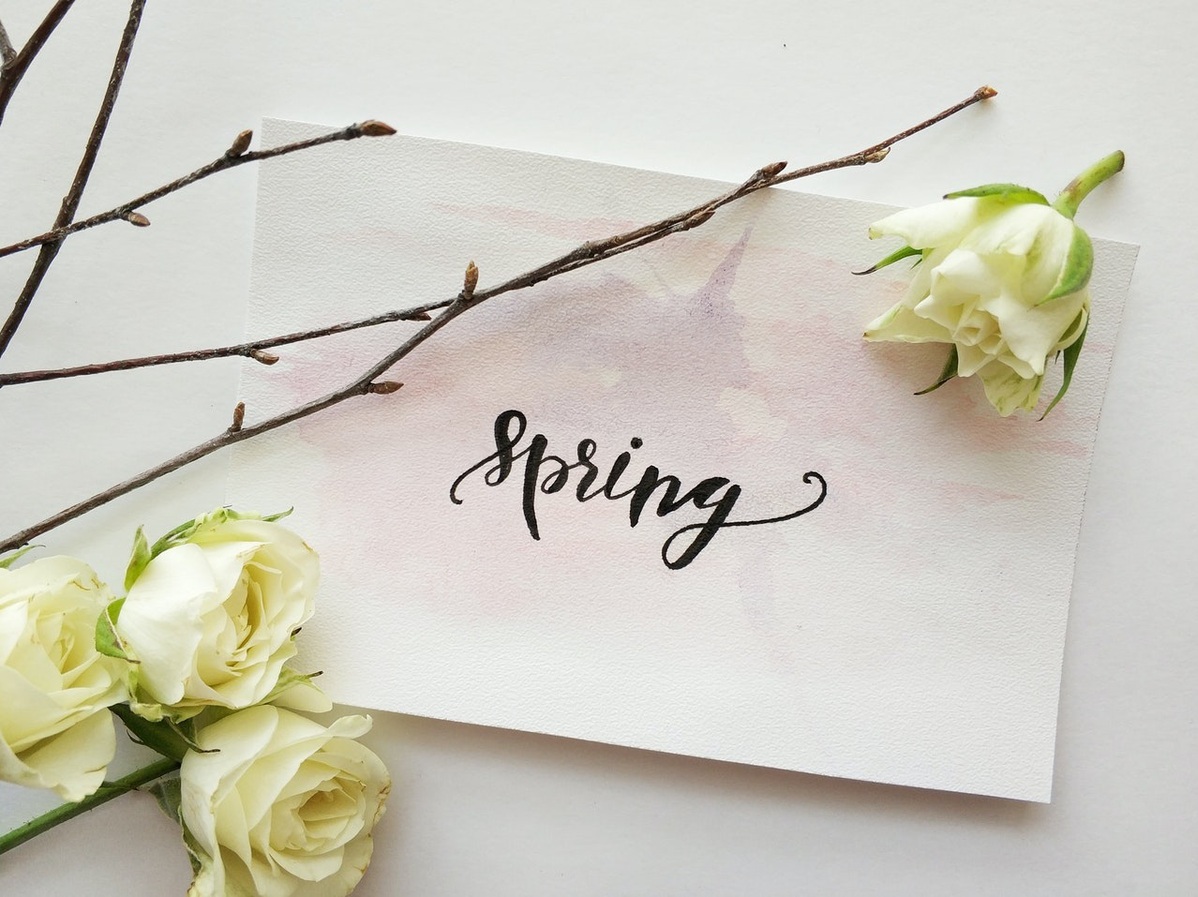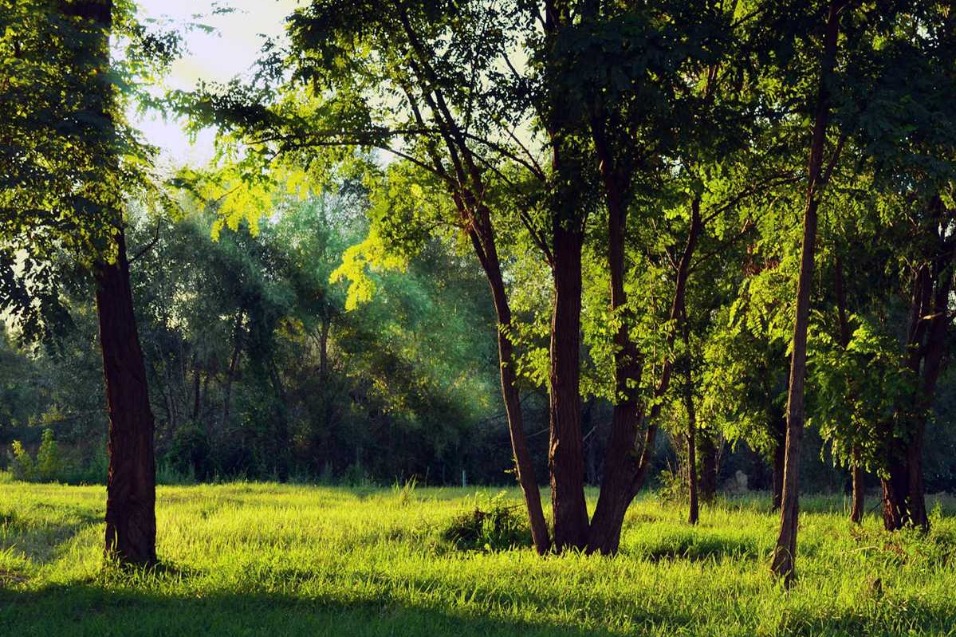8个与春有关的单词,抒写春日美好 8 Words to Welcome Spring
中国日报网 2022-04-01 08:00

春暖花开、万物复苏,如约而至的不只是春天,还有爱、美好和希望。如何用英语描述春光的美好,一起来学习几个与春有关的词语吧。

1. Vernalagnia
Derived from lagneia, a Greek word meaning "lust," vernalagnia is a more formal name for what’s otherwise known as "spring fever"—a brighter and often more romantic mood brought on by the return of fine weather in the spring.
Vernalagnia来自希腊语单词lagneia(情欲),与spring fever(春心荡漾)意思相同,即因明媚的春光而变得更加愉悦而浪漫的情绪。Vernalagnia是一种比较正式的说法。
2.Reverdie
Borrowed into English in the late 1800s, the word reverdie has a long history in its native French dating back as far as the 14th century at least: Derived from a verb, reverdir, meaning “to become green again,” a reverdie is a song, poem or dance performed in celebration of the return of the spring.
Reverdie(春日颂)来自法语,在19世纪末被借用到英语中,其历史悠久,至少可以追溯到14世纪,由动词reverdir(返青)派生而来。Reverdie指歌颂春回大地的歌曲、诗词或舞蹈表演。
3. Valentining
Since the 19th century, the chirruping of birds during the spring mating season is known as valentining.
自19世纪以来,人们就用valentining来形容鸟儿在繁殖季节发出的唧唧喳喳声。
4. Chelidonize
If you want to be even more specific, though the verb chelidonize is a proper word for the chirping of swallows as they fly overhead. It derives from the Greek word for swallow, chelidon—which is also the origin of the 17th century adjective Chelidonian.
如果你想把鸟叫声分得更详细,那么用chelidonize来形容燕子从空中掠过时啾啾吱吱的叫声更恰当。Chelidonize来自希腊语单词chelidon(燕子)。Chelidon也是17世纪出现的形容词Chelidonian的词源。
5. Chelidonian
As well as being used to describe anything the deep red color of a swallow’s throat, Chelidonian winds are warm spring winds, so called because they tended to start blowing around the same time that swallows and martins began to return in the spring.
Chelidonian除了可以指代像燕子喉咙部位的深红色一样的颜色之外,Chelidonian winds还有和煦春风的意思,这样表述是因为春风轻拂大地之时正是燕子归巢的时候。
6. Erumpent [ɪ'rəmpənt], breard
A word for the re-emerging of plants above the ground in spring, the 17th century adjective erumpent describes anything that bursts forth. The very first appearance of a plant above the ground, incidentally, is called the breard.
Erumpent是17世纪出现的形容词,有“冒出,开放”的意思,用来形容春天埋在地下的植物破土而出。顺便提一下,植物刚刚萌芽可以用breard表示。
7. Frondescentia, frondescent, frondescence [frɔn'desəns], and frondesces
According to an 18th century dictionary of botanical terms, Frondescentia is “leafing season,” or “the time of the year when plants first unfold their leaves.” Likewise, a plant that is frondescent is just beginning to bud or produce leaves; frondescence is the process of budding or producing leaves; and when a plant frondesces, then it grows or puts forth leaves or buds. All four of these come from the Latin word for “leaf,” frons.
根据18世纪的植物学术语词典,frondescentia指发叶期,或一年间植物初次长叶的时期。可以用frondescent形容刚发芽或长叶的植物;frondescence指的是植物发芽或长叶的过程;当表示植物在长叶或发芽时,可以用frondesces。这4个单词都来自拉丁语单词frons(叶子)。
8. Floriage, floriation, and efflorescence /ɛflə’rɛs(ə)ns/
Coined in the 18th century, floriage is blossom, or the collective flowers of a plant or tree. Likewise, a floriation is a decoration made of flowers, while efflorescence is the development or production of blossoming flowers.
Floriage出现在18世纪,意为花朵,或植物、树木开出的花簇。Floriation是由花朵制成的装饰品,而efflorescence则指开花的过程。
来源:Mental Floss
编辑:董静

















 英语点津微信
英语点津微信 双语小程序
双语小程序